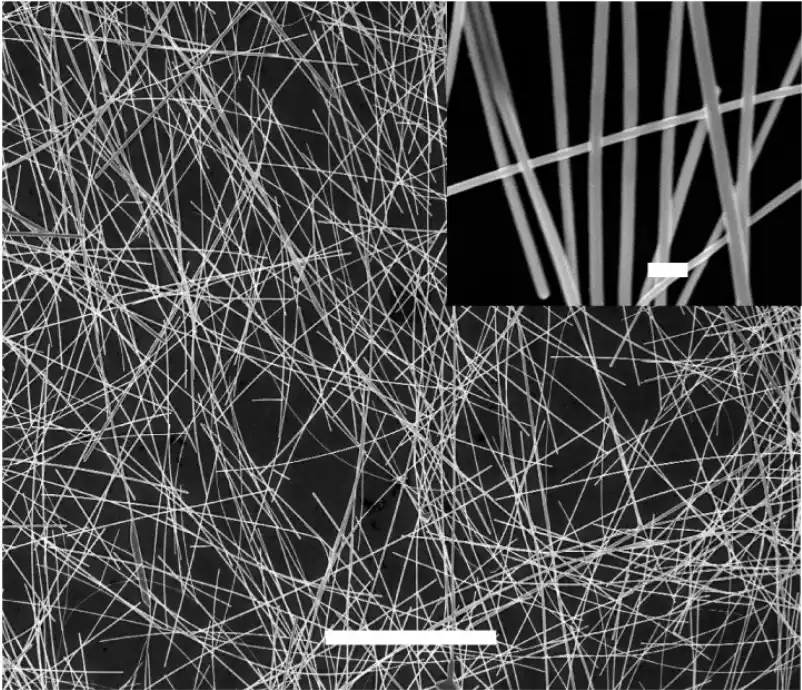افشین رشید
اُستادیار ؛ عضو هیات علمی دانشگاه آزاد اسلامی واحد علوم و تحقیقات تهران
597 یادداشت منتشر شدهUsing Nanowires to Build Nanorobots in Blood Vessels to Stimulate Brain Nerves

Tip: Always invent tiny transmitters into the veins and guide them to the desired locations using platinum nanowires that are 100 times thinner and finer than a human hair. They send these nanowires into the blood vessels and guide them to the brain nerves using a small camera.
This method is very useful for helping to find the various causes and onset of neurological diseases, including Parkinson's. In the past, to find the various causes of cardiac and neurological diseases, the body was dissected at any point to find the cause of the disease, but today, with the development of nanotechnology, any device can be invented and developed in a delicate, thin, and sensitive manner, and it can even be sent into the thinnest vein.

Nanowires made from materials used in today's computer chips, such as silicon and gallium nitride, can be used to diagnose diseases. You may ask what the connection between computer tools and the diagnosis of diseases and the human body is. The human body, like a computer, must have sensors that can warn external warning devices in the event of a problem or error or the presence of toxic substances and try to fix it. Just like a computer that gives an (ERROR) message if you follow the wrong path or a virus is found in it. They produce flexible and long nanowires, the variable lengths of these nanowires are between 1 and 100 nm or even in millimeters, and in comparison, they are about a thousand times thinner than a human hair. The length, flexibility and strength of these nanowires give them special properties. For example, being thin and long increases its surface area. Therefore, these structures can be used in the design of very fast and sensitive sensors. These nanowires have the ability to produce invisible ultraviolet rays, light enters the nanowire from one end and starts to radiate from the other end. The nanowires effectively transmit this light without any loss. And if it encounters a pathogen or toxic substance on its way, the nanowire starts to radiate and creates a very rapid warning system, which can detect the disease earlier and faster than any test. Nanowires are used in the manufacture of diagnostic nanobiosensors. Nanowires made from materials used in today's computer chips, such as silicon and gallium nitride, can be used to diagnose diseases.

Conclusion :
They always invent tiny transmitters into the blood vessels and guide them to the desired locations using platinum nanowires that are 100 times thinner and finer than a human hair. They send these nanowires into the blood vessels and guide them to the nerves in the brain using a tiny camera.